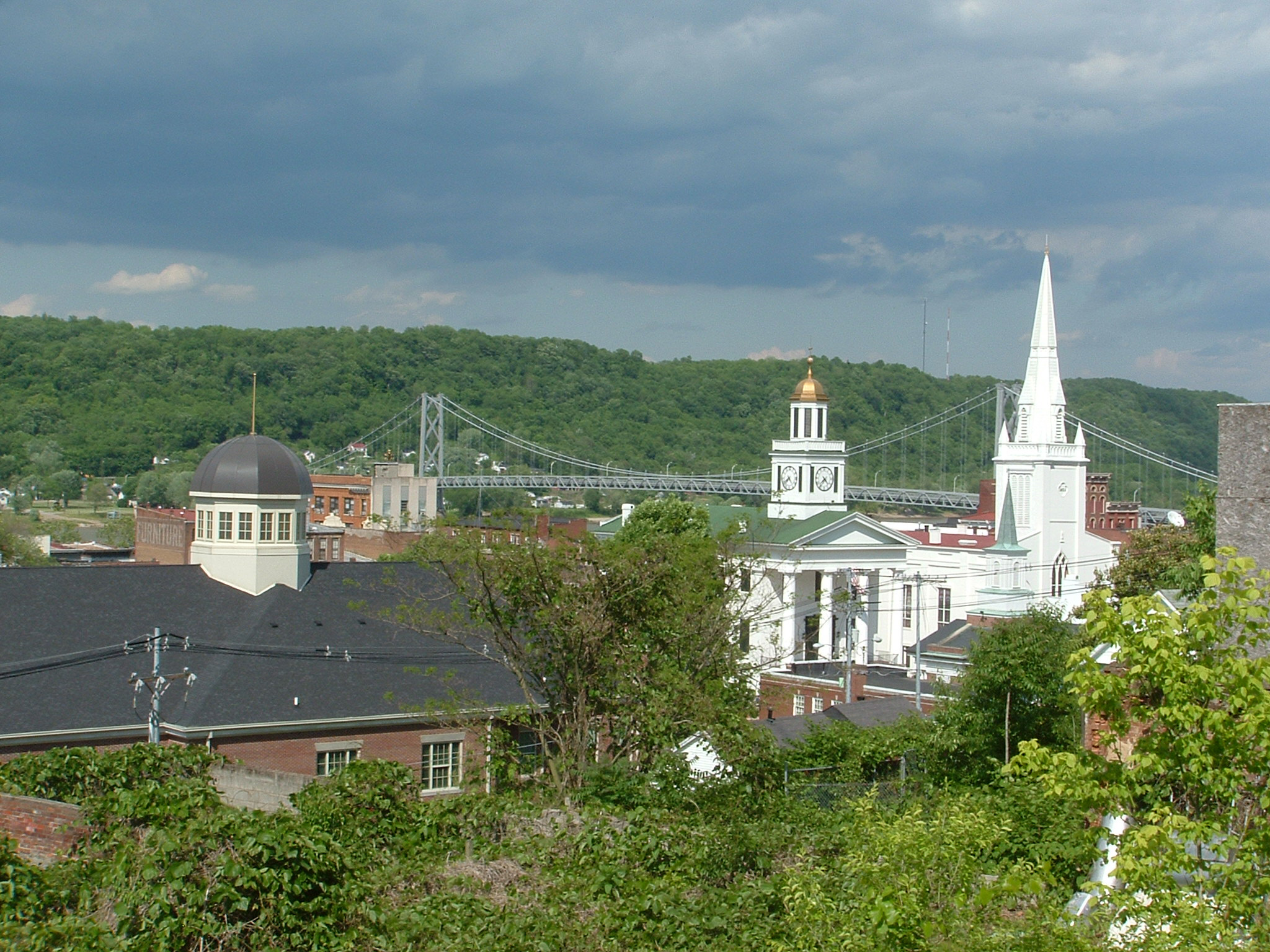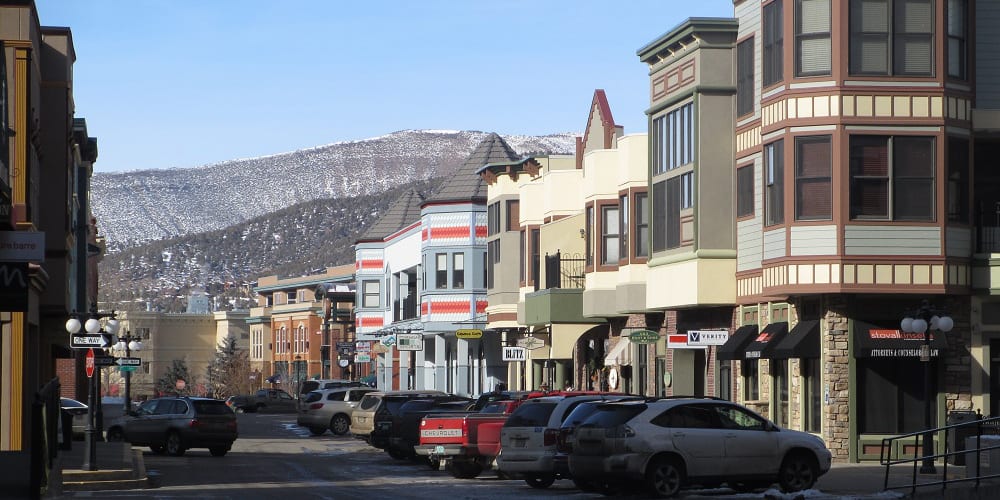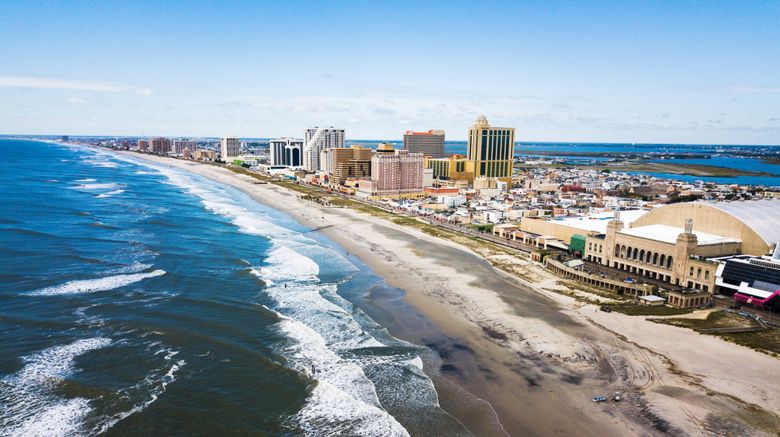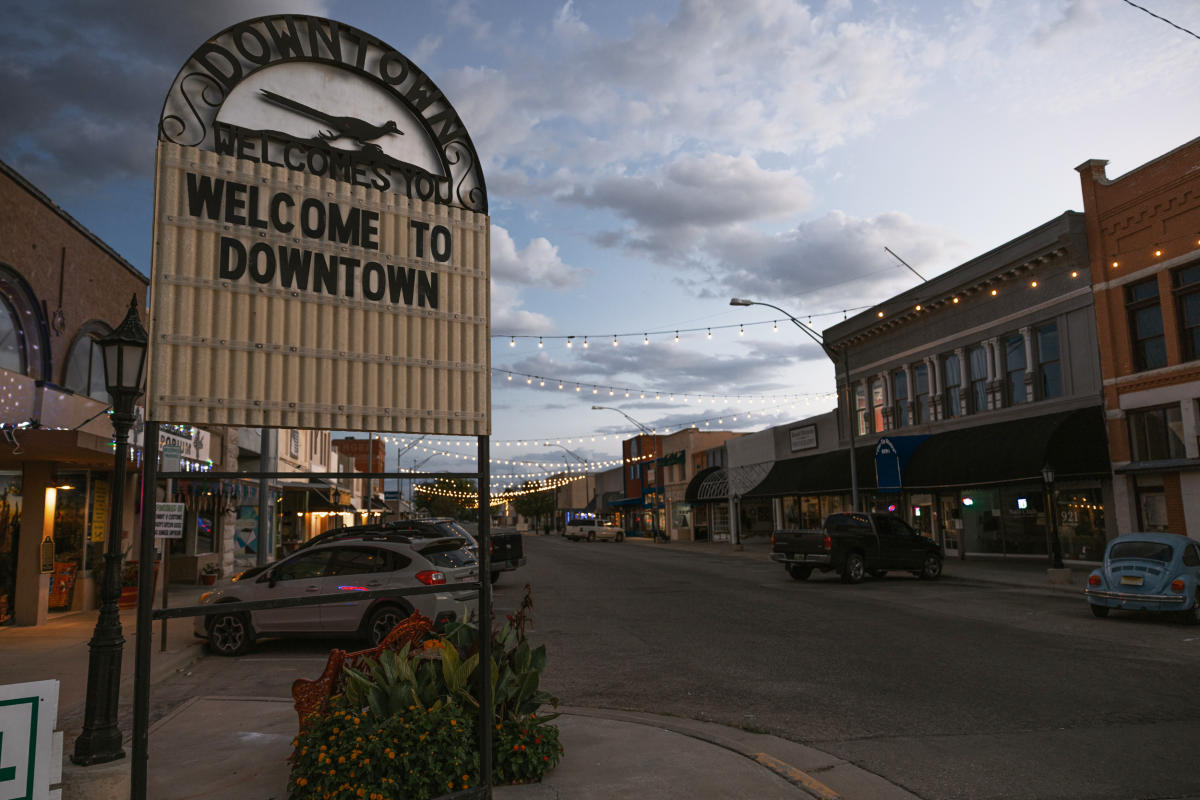The U.S. housing market has been a fascinating and often unpredictable landscape over recent years, a true rollercoaster ride that keeps investors, homeowners, and aspiring buyers on their toes. While national headlines might hint at a cooling market or even a modest dip in values, the nuanced reality of real estate reminds us of a fundamental truth: it’s intensely local. Always has been, always will be.
Indeed, Zillow’s updated forecast from April 2025 predicts a national decline in home values of 1.9% through 2025, a notable shift from earlier, more optimistic projections. This outlook is largely attributed to an increase in available homes and persistently elevated mortgage rates, compelling sellers to adjust prices to meet buyer expectations. Yet, amidst this broader trend, a collection of specific markets stands out as beacons of potential appreciation, poised to defy the national trajectory. These are the ‘islands of appreciation’ in what Zillow suggests might otherwise be a sea of slight decline.
What precisely imbues these select markets with such resilience and growth potential? From years of observing real estate dynamics, it often boils down to a powerful combination of factors. Relative affordability, even in a generally expensive market, can attract buyers seeking value. Limited housing supply, whether due to geographical constraints or slow new construction, consistently exerts upward pressure on prices. Crucially, specific demand drivers—like major employers expanding, new amenities, desirable retirement spots, recreational havens, or an influx of remote workers—provide the underlying economic vigor. Finally, unique market characteristics, such as being a popular vacation spot or a stable college town, can create their own rhythms of demand. These are the underlying currents driving the next wave of real estate opportunities.

1. **Steamboat Springs, CO: The Pinnacle of High-End Recreational Demand**Topping the list with a projected price increase of 3.8% from March 2025 to March 2026, Steamboat Springs is a prime example of a high-end recreational market exhibiting remarkable resilience. This isn’t a huge surprise; destinations like Steamboat Springs often benefit from limited supply, frequently constrained by the very geography that makes them so desirable. The breathtaking mountain surroundings naturally limit buildable land, creating an inherent scarcity that underpins value.
Demand in Steamboat Springs is robust, fueled by both second-home buyers seeking an escape and a growing contingent of remote workers drawn to its unique lifestyle offerings. Even when the broader national market experiences softening, the allure of such distinct lifestyle locations remains exceptionally high for a segment of the population. These affluent buyers prioritize access to world-class outdoor recreation, from skiing and snowboarding in winter to hiking and mountain biking in summer, viewing their property as both an investment and a lifestyle asset.
For investors, Steamboat Springs represents a stable, albeit high-entry, market where unique desirability acts as a powerful hedge against wider economic fluctuations. Its consistent appeal to a demographic that values experience and exclusivity ensures a steady demand, helping to maintain or even boost property values. The ability to work remotely has only amplified this trend, allowing more individuals to integrate their professional lives with their desired recreational environment, further solidifying the market’s positive outlook.

2. **Maysville, KY: Discovering Value in Regional Affordability**Following closely with a projected price increase of 3.0%, Maysville, Kentucky, presents a fascinating contrast to the high-altitude luxury of Steamboat Springs. This smaller regional center often comes into focus when larger, more expensive markets begin to cool. It highlights a critical aspect of market dynamics: value relative to nearby, more established metropolitan areas.
Appreciation isn’t solely confined to famous hotspots or major urban centers. Markets like Maysville often attract buyers seeking more bang for their buck, or those looking for a slower pace of life without sacrificing access to necessary amenities. Specific local economic factors, while perhaps not as widely publicized as those in larger cities, can provide a steady foundation for growth, fostering a stable community and housing demand.
For an investor or a homeowner seeking a different path, Maysville underscores the importance of looking beyond the obvious. These regional hubs, often characterized by a strong sense of community and relative affordability, can offer surprising pockets of appreciation, especially as broader demographic shifts and changing work patterns encourage decentralization. It’s a testament to the varied nature of real estate growth across the nation.

3. **Edwards, CO: Lifestyle-Driven Demand in Mountain Sanctuaries**Another Colorado mountain town, Edwards, comes in with a projected price increase of 2.7%, reinforcing a significant trend observed in the current market. Located near renowned destinations like Vail and Beaver Creek, Edwards embodies the sustained appeal of desirable recreational areas. This market is driven by similar factors to Steamboat Springs, including geographical constraints that limit the supply of buildable land.
Affluent buyers continue to gravitate towards these communities, prioritizing a lifestyle rich in outdoor activities and natural beauty. Their purchasing decisions are often less sensitive to minor shifts in interest rates or national economic sentiment, as the intrinsic value of the location and the quality of life it offers remain paramount. This sustained demand from a dedicated buyer segment allows such markets to maintain or even increase value.
Even in tougher market conditions, the unique draw of places like Edwards ensures a level of resilience not always seen in more general housing markets. For those considering investment in such areas, understanding the premium placed on lifestyle amenities and the inherent limitations on new development is key to anticipating continued appreciation. It speaks to a robust demand for highly specific, high-quality living environments.

4. **Augusta, ME: Stability Through Government Employment and Remote Appeal**With a projected price increase of 2.5%, Augusta, Maine, exemplifies how governmental stability and changing demographics can underpin a housing market’s resilience. As the capital of Maine, Augusta benefits from a stable base of government employment, providing a consistent economic anchor that often insulates its local economy from broader fluctuations.
Maine’s increasing popularity as a destination, both for tourism and for those seeking a different pace of life—a trend significantly accelerated by the remote work revolution—is also playing a crucial role. People are actively seeking communities that offer a balance between professional opportunities and a high quality of life, away from the hustle and higher costs of larger metropolitan areas. Augusta fits this bill perfectly.
This market highlights that growth isn’t always about rapid industrial expansion but can also be driven by steady foundational employment coupled with an enhanced desirability for lifestyle. For investors, markets with strong institutional anchors and growing appeal to a specific demographic offer a compelling long-term outlook, proving that even smaller regional centers can show significant predicted resilience.

5. **Atlantic City, NJ: Resurgent Tourism and Economic Re-evaluation**Grouping with other unique markets at a 2.4% projected price increase, Atlantic City, New Jersey, presents a complex yet intriguing case. Historically known for its gambling and shoreline attractions, the city has faced its share of economic challenges over the years. However, its inclusion on this list suggests a potential re-evaluation of its market dynamics.
While tourism and recreation remain core drivers, the forecast likely reflects an interplay of unique local economic factors. Perhaps there are signs of economic diversification, renewed investment in non-gaming amenities, or a specific niche demand within its real estate sector. The resilience seen here could be a harbinger of a slowly but surely revitalized market, benefiting from renewed interest in coastal areas.
For potential buyers or investors, Atlantic City serves as a reminder that markets can evolve beyond their traditional profiles. Understanding the specific factors currently driving its forecast—whether it’s strategic redevelopment, a renewed focus on its appeal as a shore destination, or an influx of new types of residents—is crucial. Its positive projection indicates underlying strengths capable of countering broader market pressures.
6. **Alamogordo, NM: The Bedrock of Military Economic Stability**Also projecting a 2.4% price increase, Alamogordo, New Mexico, offers a distinct growth driver rooted in economic stability. This market is significantly influenced by the nearby Holloman Air Force Base, which provides a consistent and substantial employment base for the region. Military installations are often powerful anchors, creating steady housing demand regardless of national economic tides.
This predictable demand from military personnel and their families, coupled with supporting civilian jobs, establishes a resilient housing market. Such stability can be a major draw for investors looking for reliable returns, as these communities tend to experience less volatility than those heavily reliant on single, cyclical industries. The consistent influx and outflow of service members ensure a constant churn of renters and buyers.
Alamogordo exemplifies how a strong, consistent employment source can be a primary engine for housing appreciation, even in areas that might not be considered traditional ‘hotspots.’ It highlights the importance of analyzing local economic fundamentals, where stable, institutional employment can provide a crucial foundation for sustained real estate value.




